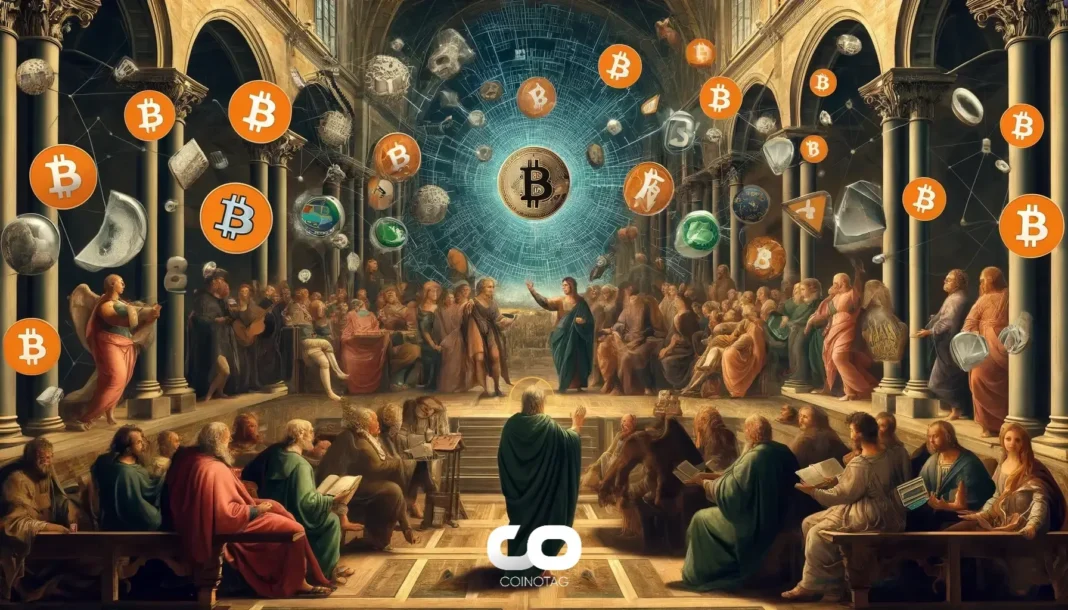- The resilience of the Russian economy continues to intrigue analysts amidst ongoing geopolitical tensions.
- Despite facing stringent Western sanctions related to the Ukraine conflict, industrial sectors have shown remarkable growth.
- “The GDP growth rate of 4.6% in the first half of the year underscores the economic vitality,” noted a prominent economist.
This article delves into the current economic landscape of Russia, exploring key growth metrics, underlying factors, and government responses amidst Western sanctions.
Robust Economic Growth Amidst Sanctions
The Russian economy has demonstrated unexpected resilience with a reported GDP growth rate of 4.6% in the first half of the year, a significant increase from 1.8% during the same timeframe last year. This growth trajectory is primarily attributed to a surge in industrial production, particularly within the military manufacturing sector, which recorded a notable 3.3% increase in July alone. Public and private sector investments have played a critical role in this expansion, reflecting a dynamic economic landscape even under international pressure.
The Impact of Sanctions on Trade Dynamics
While the Russian economy has thrived in certain areas, it is essential to recognize the challenges posed by Western sanctions. A sharp 9% decline in imports has been observed, driven by complications in international payment systems. This decline indicates a shift in trade dynamics, pushing the Russian government to explore alternative trade partnerships and payment mechanisms. According to analysts, these developments could lead to a more self-sufficient economy in the long run, albeit at the cost of immediate access to international markets and goods.
Labor Market Challenges and Inflationary Pressures
Despite positive growth indicators, the Russian labor market is beginning to show signs of strain. The country is currently experiencing labor shortages, which have contributed to wage inflation across various sectors. The central bank responded proactively in July by raising the benchmark interest rate to 18% in an effort to curtail these inflationary pressures. Real wages have surged by 9.4% in the first half of the year, correlating with an unprecedented unemployment rate of just 2.4%. These figures underline the complexities of managing growth in an environment characterized by labor constraints and rising costs.
Looking Ahead: Economic Forecasts and Optimism
Conclusion
In summary, while the Russian economy exhibits strong growth amid sanctions and geopolitical tensions, significant challenges lie ahead. The balance between fostering growth and managing inflation and labor market issues will be critical for future economic stability. Stakeholders need to remain vigilant as the landscape evolves, ensuring that the positive growth trends can be sustained in the coming years.





